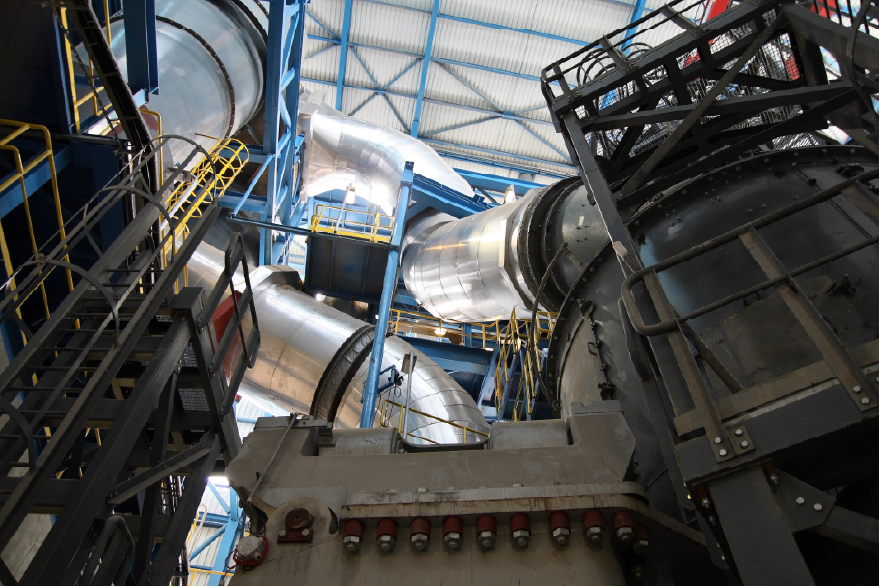Understanding the HVAC Needs of Two Very Different Worlds
Industrial Air Conditioning – While both commercial and industrial facilities rely on air conditioning for comfort and functionality, the systems they use—and the reasons behind them—are often very different. Whether you’re building a retail center or running a manufacturing plant, it’s essential to understand the difference between commercial and industrial air conditioning HVAC applications to ensure you choose the right solution.
1. Purpose and Priorities
Commercial HVAC systems are primarily designed for occupant comfort. They regulate temperature and airflow in spaces like:
- Offices
- Restaurants
- Schools
- Retail stores
- Apartment buildings
Industrial Air Conditioning systems are focused on process control, air purity, and equipment protection. Common applications include:
- Factories and warehouses
- Cleanrooms and laboratories
- Data centers
- Food processing plants
- Pharmaceutical manufacturing
💡 In industrial environments, even small temperature shifts or humidity changes can impact production or safety.
2. System Complexity
Commercial systems are often modular, using split systems, rooftop units (RTUs), or VRF technology for flexibility and energy savings.
Industrial air conditioning systems tend to be custom-engineered and may include:
- Large-scale chillers and boilers
- Air handlers with HEPA or ULPA filters
- Humidity control and ventilation systems tied to OSHA regulations
- Redundancy for mission-critical operations
3. Installation & Ductwork Requirements
Commercial ductwork is typically standardized and designed for human occupancy zones—lobbies, conference rooms, dining areas.
Industrial ductwork must handle high airflow volumes, pressure control, contamination zones, or exposure to chemicals. It often requires custom fabrication, heavy-duty materials, and precise airflow balancing.
🔧 This is where Vences Contracting Group stands out—we specialize in custom ductwork and commercial-grade installations tailored to each application.
4. Energy Demand and Efficiency
Commercial systems often focus on balancing performance and utility savings.
Industrial systems prioritize precision, durability, and uptime. A failure in an industrial setting could shut down an entire production line or damage sensitive equipment.
As a result, industrial HVAC tends to cost more upfront, but is built for longer cycles, higher load capacity, and continuous use.
5. Regulatory Compliance
Commercial HVAC systems must meet local building codes and energy standards.
Industrial applications face more intense regulatory oversight, often needing to comply with:
- OSHA air quality standards
- FDA or USDA requirements
- Cleanroom ISO classifications
- Environmental emissions rules
📋 Missing these requirements can mean fines, shutdowns, or loss of operational licenses.https://www.energystar.gov/buildings/resources_audience/small_biz/small_medium_manufacturers
Final Word
The difference between commercial and industrial air conditioning isn’t just size—it’s purpose, precision, and performance. Choosing the right contractor is critical to getting the right system.
At Vences Contracting Group, we bring deep experience in both commercial and industrial environments across Central Texas. From efficient rooftop systems to complex ductwork for warehouses and clean facilities, we industrial air conditioning solutions built to last—and built to code. – Industrial Air Conditioning
Need expert guidance for your next project?
📞 Call us at (737) 888-9106
📍 Visit us in Austin, TX — Serving Central Texas with excellence


